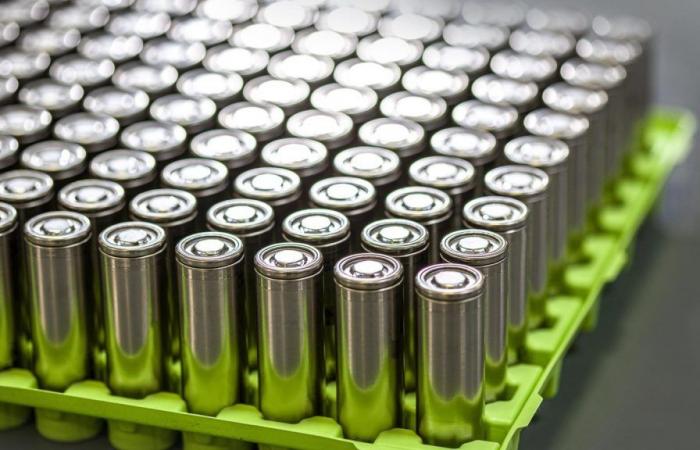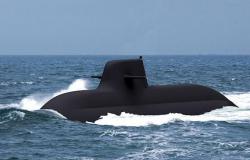
For manufacturers of smartphones, power grids and electric vehicles, lithium, the lightest metal, allows batteries to become super powerful, supporting hopes of a greener economy and longer-lasting devices.
However, the same characteristics that make lithium revolutionary forenergy storage can pose huge challenges if the batteries were to fail fire. Accidents involving lithium battery fires are becoming more frequent around the world, raising safety concerns.
The disaster in South Korea
L’waterfall is not always effective at fighting certain types of lithium battery fires, leaving few options but to wait for it to run out or use expensive products, experts say. Fighting fires involving lithium batteries can be difficult due to the emission of toxic gases. Then there’s the heat: lithium produces scorching temperatures more similar to that of a welding torch than a normal fire, capable of cutting through protective clothing.
The world has recently seen the risks of lithium battery fires in South Koreawhere at least 23 workers died in one of the worst industrial accidents of the country in recent years. Local investigators are still determining the exact cause of the fire. Around 35,000 battery cells are thought to have been stored at the site, and videos of the fire show occasional flashes producing noises similar to a bomb detonating.
Park Soon-kwanCEO of the battery manufacturer Aricell, apologized for the incident. He added that the company had complied with all precautions safety and training required, and would cooperate fully with the authorities. Local police later charged Park, along with four other company officials, with negligently causing death and injury. Aricell had no comment.
Kim Young-suk, owner of a restaurant across the street from the Aricell factory, heard one strong explosion around 10:30 Monday morning, followed by a heat wave that swept through the vicinity. Thick smoke rose into the sky. Metallic debris flew out of the two-story building. The windows of the adjacent fishing shop were shattered.
Kim ran to turn off the restaurant’s gas valves, locked the door and fled. “It was extremely, extremely scary,” she said. “We couldn’t stay there because of the fire.”
Fires that are difficult to fight
Battery fires are becoming a growing concern for fire fighters around the world, who are pushing for regulations and public education campaigns. The so-called batteries “lithium ion” are rechargeable and widely used in smartphones, PCs and electric vehicles – and are the subject of most such fires, often due to overheating. However, the South Korean factory fire involved batteries”primary lithium” which are not rechargeable and are typically used in intelligent electricity grids and in military equipment.
For example, putting out a lithium-ion battery fire for an electric vehicle takes longer and approx three times more water compared to a normal vehicle, in addition to exposure to carcinogenic chemicals, explained Greg McConville, national secretary of the United Fire Brigades Union of Australia. Fire can also be five times hotter than many house fires. “It can cut through even a firefighter’s protective clothing,” McConville said.
Sometimes the safest option is to let a battery fire burn. This is what happened in 2021, when a Tesla battery caught fire while being installed in an energy storage facility in Australia. The fire spread to another battery. Rescuers let the flames burn out on their own for six hours. Nobody was injured.
Water, in some cases, could also make a battery fire worse, as it could produce explosive chemical reactions why the Lithium metals react violently to moisture, said Sunnie Haam, professor of fire protection engineering at the University of Seoul. Refrigerants, such asliquid nitrogencould be used in place of water, but it is very expensive for each fire station to purchase in large volumes and distribute it in sufficient quantities to put out a large-scale fire.
In his assessment of what happened in South Korea, Haam thought it would be a wise choice to wait for the flames to go out on their own. Firefighters used water once it was deemed safe to do so, and then quickly began rescue operations.
An indispensable material
Lithium is widely seen as a key energy source for the future, given its extraordinary ability to retain large amounts of energy compared to other metals, said Tak Yong-sug, professor of chemical engineering at Inha University in South Korea, specializing in battery materials research.
The properties of lithium that make it suitable for energy storage also pose risks, but the metal in its various forms has been harnessed to operate safely for a variety of uses, Tak said. He added: “Lithium is a coveted resource, and countries around the world are making efforts to secure access to supplies.”
Posting time: 06/25/2024 16:32
Last update: 06/25/2024 6.45pm





